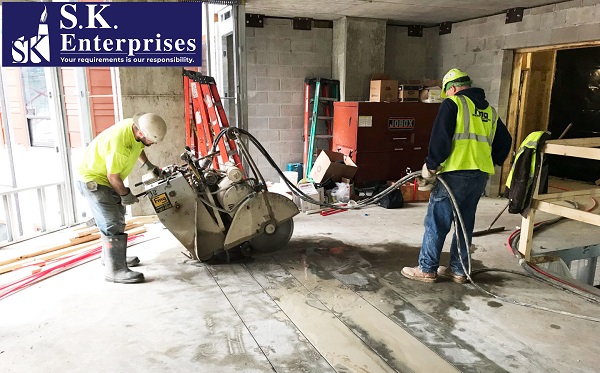The Difference Between Residential and Commercial Demolition Projects: What You Need to Know
Demolition projects, whether for residential or commercial properties, require specialized skills, equipment, and planning. While the core concept of demolition remains the same tearing down a structure to make way for new construction, the approach for residential and commercial demolition projects differs significantly. Understanding these differences is crucial for property owners, Demolition Contractor In Mumbai, and builders to ensure the project is completed safely, efficiently, and within budget.
Demolition Contractor In Mumbai
1. Scale of the Project
·
Residential
Demolition: Residential demolition
projects are typically smaller in scale and involve tearing down individual
homes, townhouses, or smaller structures. The timeline for these projects is
generally shorter, and the overall scope is more manageable. Residential
demolitions often focus on a single building or structure, which means fewer
materials, less complex planning, and fewer contractors involved.
·
Commercial
Demolition: Commercial demolitions, on
the other hand, are much larger in scale. They involve multi-story buildings,
offices, retail spaces, factories, or industrial complexes. The scope of these
projects is more complex, often requiring coordination between various teams,
such as engineers, architects, and environmental experts. The timeline for
commercial demolitions is typically longer, and the demolition process itself
can take weeks or months depending on the size and complexity of the structure.
2. Equipment
and Technology Used
·
Residential
Demolition: For residential projects,
demolition contractors use smaller, more maneuverable equipment, such as
excavators, skid steers, and bulldozers. These tools are ideal for the confined
spaces of residential neighborhoods. Additionally, residential demolitions
often rely on manual labor for some tasks, especially in the case of smaller
structures.
·
Commercial
Demolition: Commercial demolition
requires heavy-duty, specialized machinery, such as high-reach excavators,
wrecking balls, and cranes, especially for taller or multi-story buildings. For
larger structures, controlled demolition techniques may be employed, such as
implosions or advanced cutting technology, to safely take down parts of the
building. The use of sophisticated equipment ensures a quicker, more efficient
demolition process for large-scale commercial sites.
3. Safety and Regulations
·
Residential
Demolition: While safety is important in
all demolition projects, residential demolitions tend to involve fewer safety
concerns due to the smaller scale of the buildings. However, contractors still
need to follow local regulations, including ensuring proper waste disposal,
managing hazardous materials, and securing the demolition site to protect
workers and nearby residents.
·
Commercial
Demolition: Commercial demolition
projects present significantly higher risks, both to workers and the
surrounding area. Larger buildings can present structural challenges, such as
asbestos, lead paint, and other hazardous materials that must be carefully
removed and disposed of.
For Bridge Demolition In Mumbai, you can connect with us without any
delay.




Comments
Post a Comment